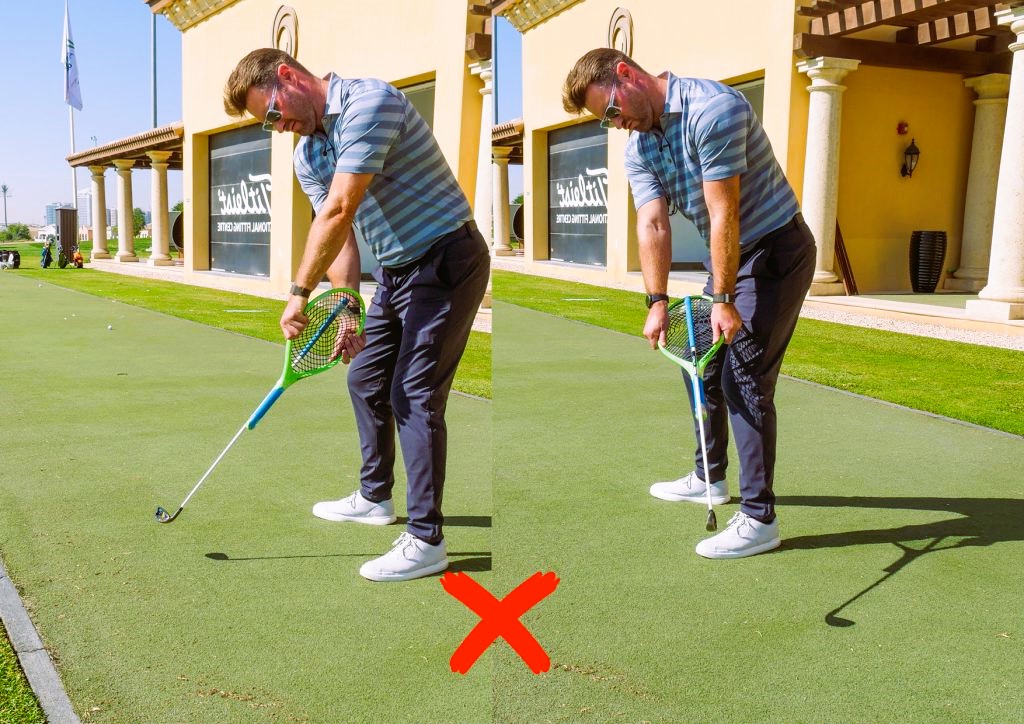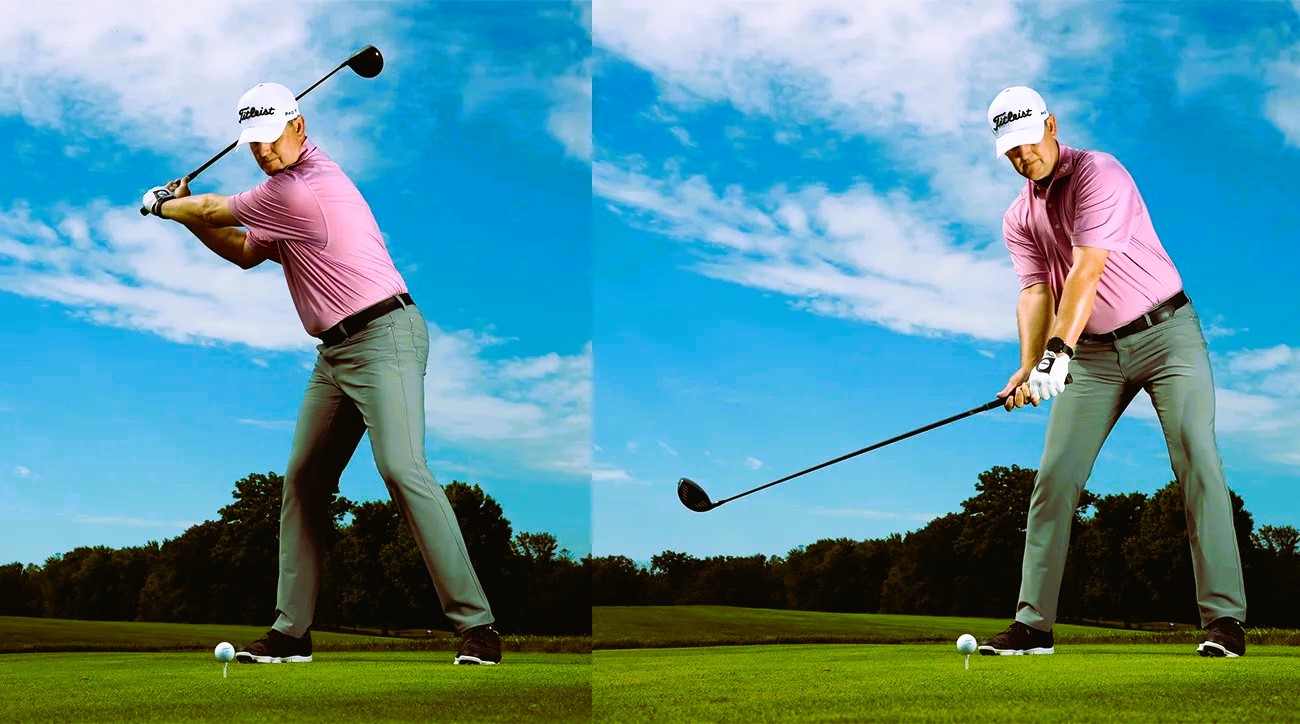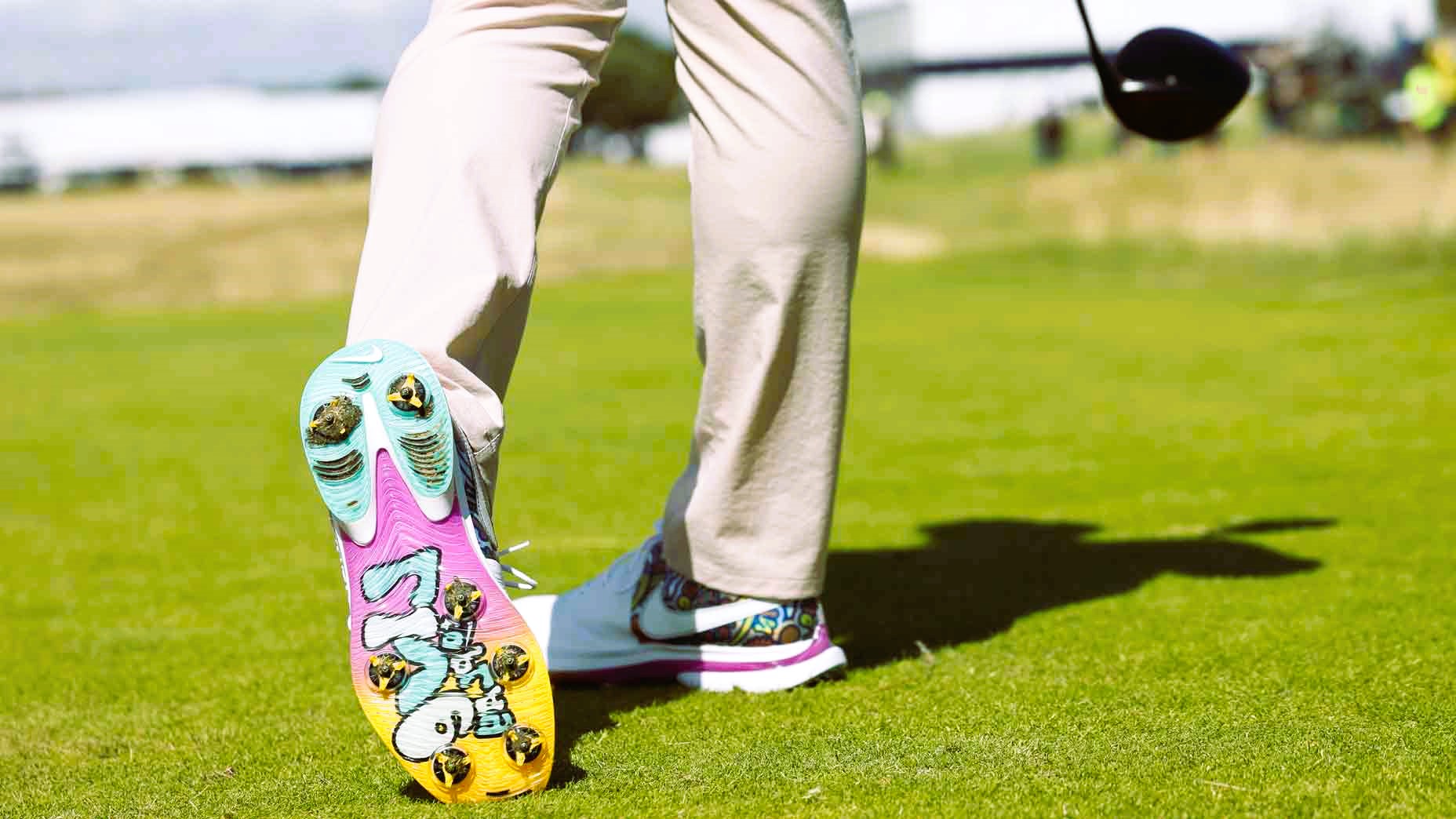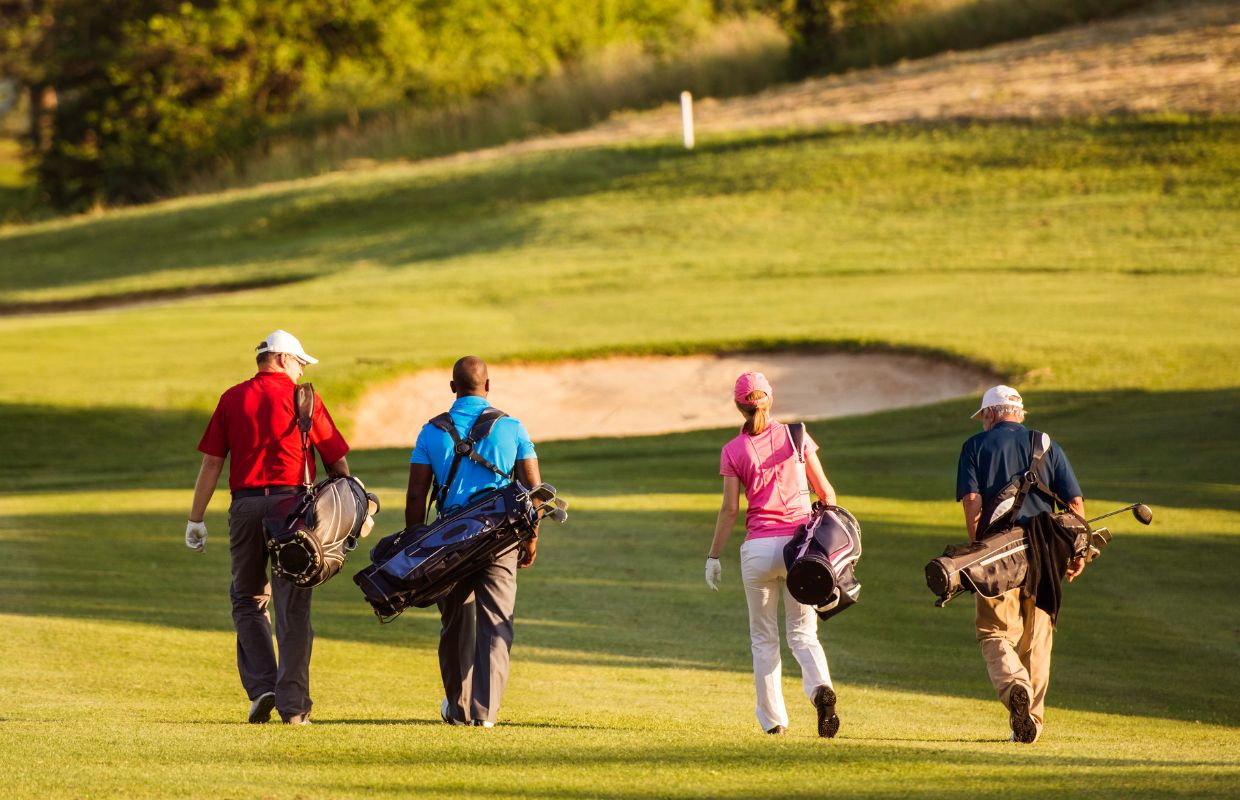One of the most critical aspects of a successful golf shot is achieving a square clubface at impact. The clubface’s position at the moment of impact with the ball largely determines the direction and trajectory of the shot. Therefore, mastering clubface control is essential for golfers of all skill levels looking to improve their game. In this article, we’ll delve into the intricacies of clubface control and explore techniques to help you square your clubface consistently at impact.
The Importance of Clubface Control
Before we dive into the specifics of squaring the clubface, let’s first understand why it’s crucial. The clubface’s angle relative to the target line at impact directly influences the direction the ball will travel. A square clubface at impact produces a straight shot, while an open or closed clubface can result in slices, hooks, or pushes. Therefore, developing the ability to control and square the clubface consistently is essential for achieving accuracy and consistency in your golf game.
Techniques for Squaring the Clubface

- Grip: A proper grip is the foundation of clubface control. The grip should be firm but not overly tight, with the hands positioned neutrally on the club handle. Avoid gripping the club too tightly, as this can restrict wrist movement and make it difficult to square the clubface at impact.
- Alignment: Proper alignment ensures that the clubface is square to the target line at address, setting the stage for a square impact. Use alignment aids, such as alignment sticks or visual markers on the ground, to ensure your feet, hips, shoulders, and clubface are aligned parallel to the target line. Managing difficulties on the field, read our tips for dealing with different playing conditions.
- Posture: Maintaining a consistent posture throughout the swing is essential for achieving a square clubface at impact. Stand tall with your spine straight but tilted slightly forward from the hips. Keep your weight balanced over the balls of your feet, and avoid leaning too far back or forward during the swing.
- Backswing: The club’s position during the backswing influences the clubface’s angle at impact. Focus on taking the club back on the correct swing plane, with the clubface square to the target line. Avoid rolling the clubface open or closed during the backswing, as this can lead to misalignment at impact.
- Downswing: The downswing is where clubface control becomes critical. As you initiate the downswing, focus on maintaining a neutral clubface position and avoiding excessive manipulation with your hands and wrists. Keep the clubface square to the target line as you approach impact, and allow the natural rotation of your body to square the clubface.
- Impact: The moment of truth in clubface control is impact with the ball. Focus on delivering a descending blow to the ball with a square clubface. Keep your hands ahead of the clubhead at impact to ensure a forward-leaning shaft position and maximum ball compression. Practice hitting shots with a square clubface at impact to develop muscle memory and consistency.
Conclusion
Achieving a square clubface at impact is essential for accuracy and consistency in your golf game. By focusing on grip, alignment, posture, backswing, downswing, and impact, you can develop the skills necessary to control the clubface and hit more precise shots. Remember to practice these techniques regularly and seek professional instruction if needed to refine your clubface control further.
For further reading on clubface control and other golf fundamentals, visit Wikipedia’s article on Golf.





